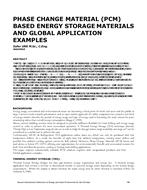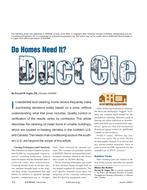A comprehensive survey of several important indexes of comfort is given. Numerical application, with climatic data in Khartoum, Sudan, of Corrected Effective Temperature (CET) and Index of Thermal Stress (ITS) shows that CET is limited in its validity by geographic location, while ITS gives more reliable results. The study shows that 25°C dbt and 50% rh, which are proposed by ASHRAE for sedentary activity and are usually taken by A/Cengineers for air conditioning of buildings in Khartoum, are low. Calculations by ITS show that 29°C dbt is more appropriate, while the relative humidity may vary between 20 and 50%. Experimental results show it is erroneous to take an index based on instantaneous sensation as a measure of comfort, that the charts of CET are affected by geographic location, and values of ITS give better indications of comfortable conditions. An important result of this study is that, by increasing the indoor design condition by 45° (i.e., 25°C), more than 25% of energy consumption for air conditioning is being preserved.
Citation: ASHRAE Transactions, Volume 88, Part 2, Toronto, Canada
Product Details
- Published:
- 1982
- Number of Pages:
- 13
- File Size:
- 1 file , 720 KB
- Product Code(s):
- D-TO-2730


